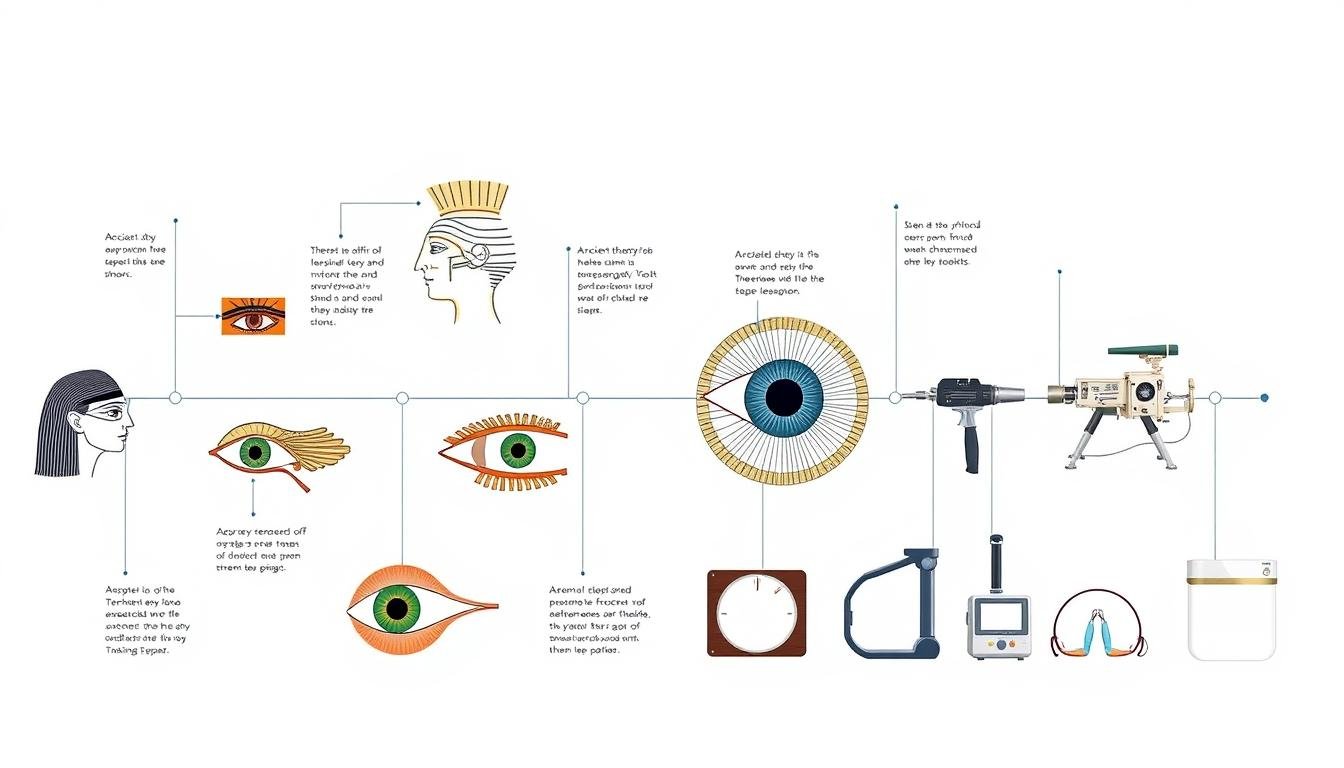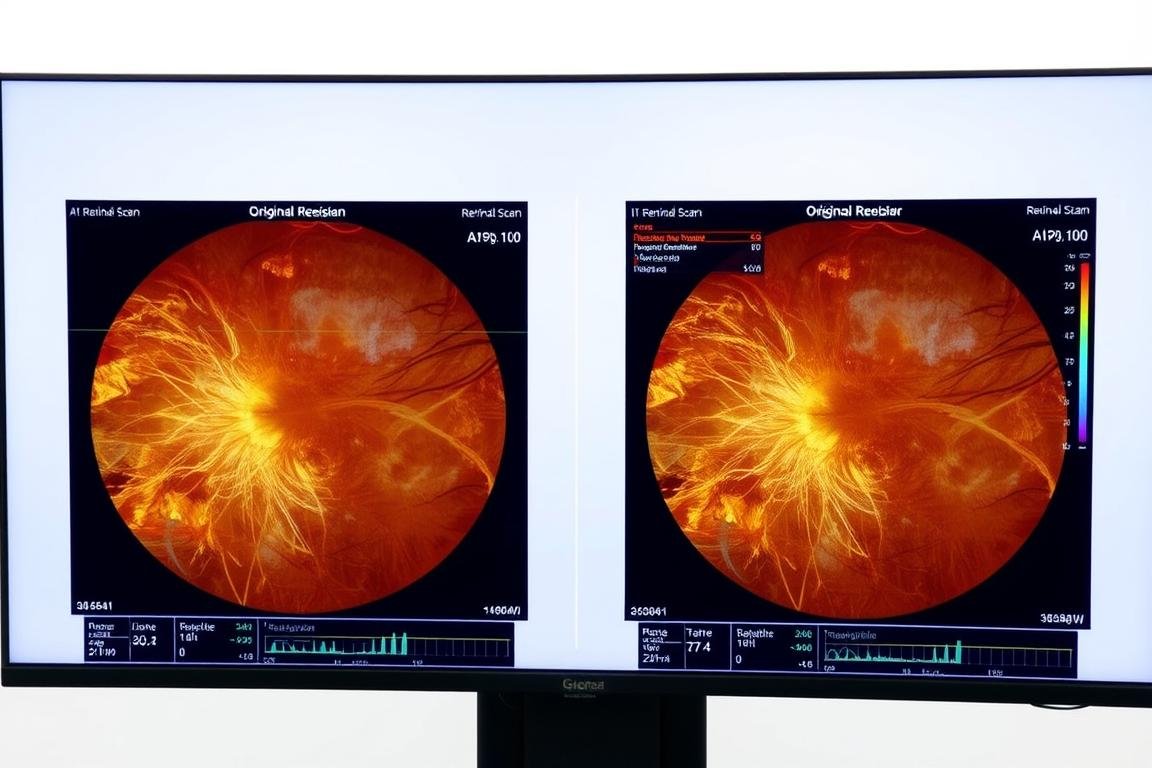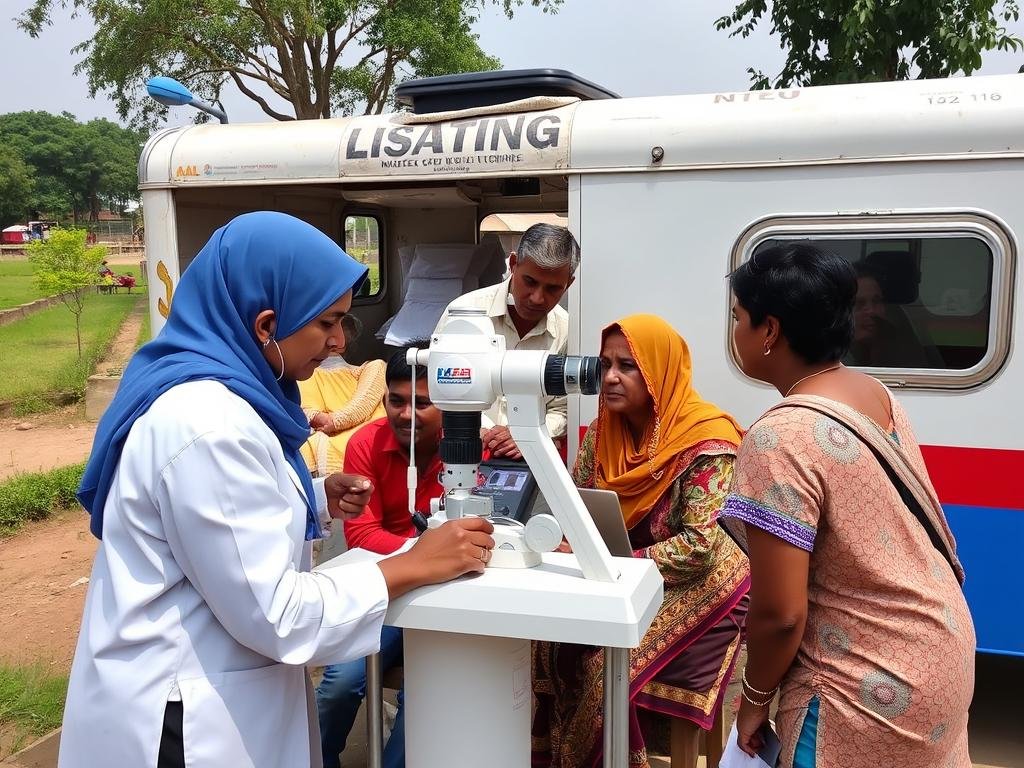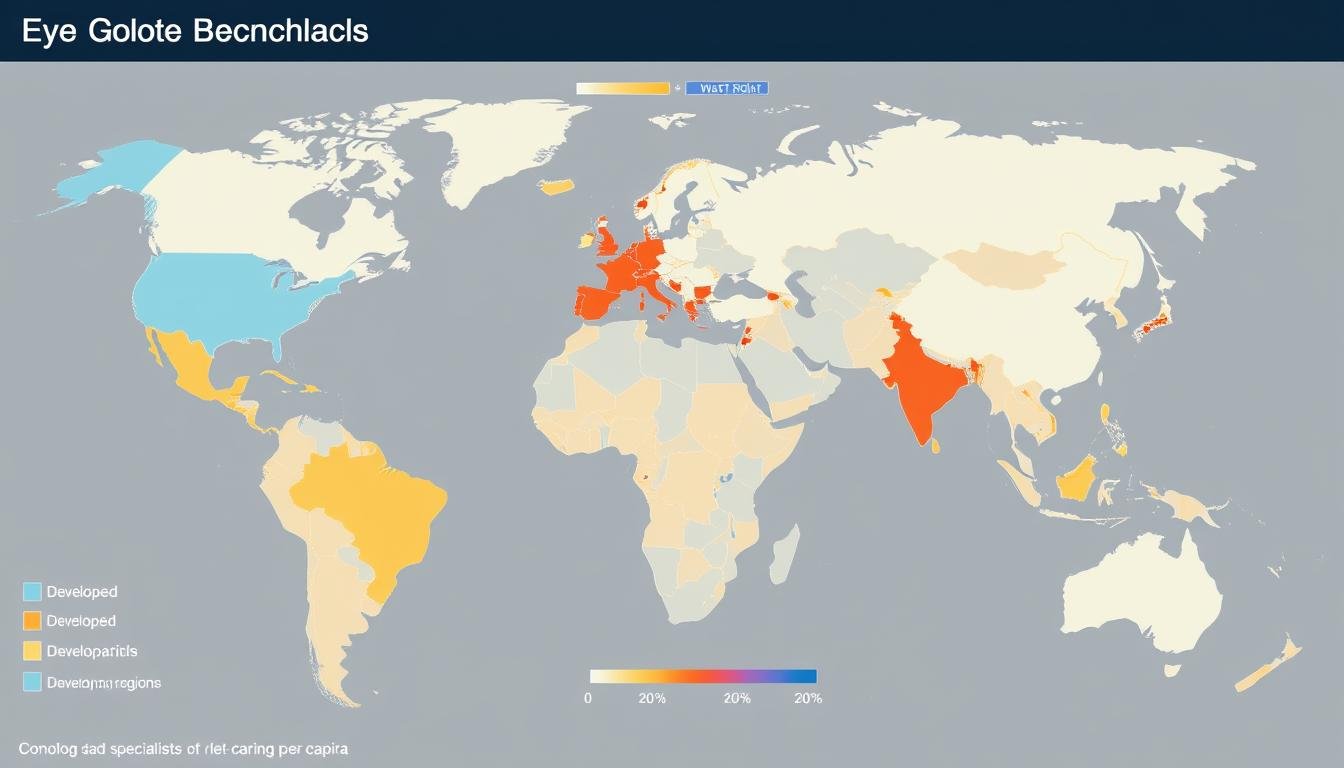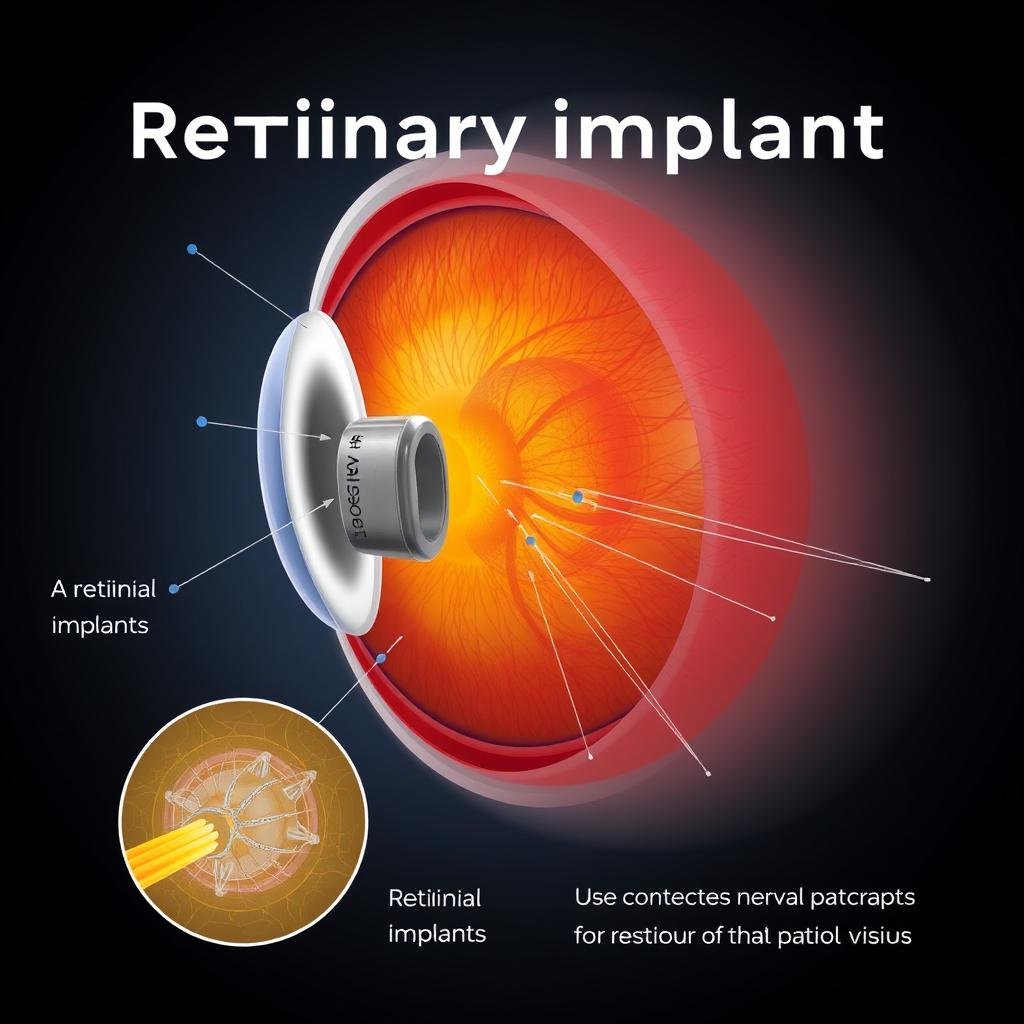Historical Context of the Study of Eyes
The journey of understanding our eyes began centuries ago, evolving from basic observations to sophisticated research methodologies. Ancient civilizations recognized the importance of vision but lacked the tools to truly comprehend ocular structures.
Early anatomists like Galen made preliminary observations about eye structure, but it wasn’t until the Renaissance that detailed anatomical studies emerged. The invention of the microscope in the 17th century revolutionized the study of eyes, allowing scientists to examine cellular structures previously invisible to the naked eye.
The 19th and 20th centuries brought remarkable advances with the development of ophthalmoscopes, slit lamps, and other specialized equipment. These tools transformed ophthalmology from a primarily observational field to a precise medical science capable of diagnosing and treating complex conditions.
How the Study of Eyes Evolved into a Medical Specialty
Ophthalmology emerged as a distinct medical specialty when physicians began dedicating their practices exclusively to eye care. This specialization allowed for concentrated research and clinical expertise, accelerating discoveries about eye function and pathology.
The establishment of dedicated eye hospitals and research institutes further legitimized the field. Today, ophthalmology encompasses numerous subspecialties, including retina, cornea, glaucoma, pediatric ophthalmology, and neuro-ophthalmology, each contributing valuable insights to the broader study of eyes.
Study of Eyes and Early Disease Detection
One of the most valuable contributions of ocular research is its ability to reveal signs of systemic disease before symptoms appear elsewhere in the body. The eye’s transparent nature provides a unique opportunity to observe blood vessels, nerves, and tissues directly, without invasive procedures.

According to the American Academy of Ophthalmology, over 200 systemic diseases show ocular manifestations that can aid in early diagnosis and intervention.
Diseases Detectable Through Study of Eyes
Diabetes
Diabetic retinopathy often develops before other complications, making routine eye exams crucial for diabetes management. Microaneurysms, hemorrhages, and neovascularization in the retina can indicate diabetes severity and progression.
Hypertension
Hypertensive retinopathy manifests as narrowed arteries, arteriovenous nicking, and in severe cases, papilledema. These changes reflect systemic vascular damage and help assess cardiovascular risk.
Autoimmune Disorders
Conditions like rheumatoid arthritis, lupus, and multiple sclerosis often present with ocular inflammation, dry eye, or optic neuritis before other symptoms become apparent.
Neurological Conditions
Subtle changes in the optic nerve and retina can indicate neurological disorders like Alzheimer’s disease, Parkinson’s disease, and multiple sclerosis years before cognitive or motor symptoms develop.
Concerned About Your Eye Health?
Regular eye examinations can detect early signs of disease before symptoms appear. Don’t wait until vision problems develop.
Schedule an Eye Examination
Technological Advances in the Study of Eyes
Modern technology has revolutionized how we examine, diagnose, and treat eye conditions. These innovations have not only improved clinical outcomes but have also expanded our understanding of ocular physiology and pathology.

Retinal Imaging: A Breakthrough in the Study of Eyes
Advancements in retinal imaging have transformed diagnostic capabilities. Optical Coherence Tomography (OCT) provides cross-sectional views of retinal layers with near-microscopic resolution, allowing detection of subtle changes invisible to conventional examination.
Fundus photography, fluorescein angiography, and indocyanine green angiography offer complementary views of retinal and choroidal vasculature. These techniques help identify vascular abnormalities associated with conditions like diabetic retinopathy, age-related macular degeneration, and retinal vein occlusions.
Artificial Intelligence in Ophthalmology
AI algorithms now analyze retinal images with accuracy comparable to human specialists. These systems can screen thousands of images quickly, identifying patients who need referral to ophthalmologists. Deep learning models continue to improve, potentially enabling earlier detection of conditions like diabetic retinopathy and glaucoma.
Genetic Testing and Personalized Medicine
Genetic analysis has identified numerous mutations associated with inherited retinal diseases. This knowledge enables more precise diagnosis, prognosis, and increasingly, targeted treatments. Gene therapy for conditions like Leber congenital amaurosis represents a breakthrough in treating previously untreatable disorders.

Challenges in Modern Study of Eyes
Despite remarkable progress, significant challenges remain in ocular research and clinical practice. Addressing these obstacles is crucial for continued advancement in the field.

Current Strengths
- Advanced imaging technologies provide unprecedented detail
- Growing integration of AI enhances diagnostic accuracy
- Increased understanding of genetic factors in eye diseases
- Expanding treatment options including gene and cell therapies
- Greater awareness of eye health’s connection to overall wellness
Ongoing Challenges
- Healthcare disparities limit access to specialized eye care
- Shortage of ophthalmologists in many regions globally
- High cost of advanced diagnostic equipment
- Limited treatment options for certain conditions
- Difficulty translating research findings to clinical practice
Global Disparities in Access to Eye Research
The benefits of advanced ocular research remain unevenly distributed worldwide. While developed nations enjoy access to cutting-edge diagnostics and treatments, many developing regions lack even basic eye care services.
These disparities result in preventable vision impairment and blindness for millions. According to the World Health Organization, approximately 2.2 billion people have vision impairment, with nearly half of these cases preventable or treatable with existing interventions.

The Continuing Importance of Eye Research
The study of eyes remains one of the most dynamic and impactful areas of medical research. As technology advances and our understanding deepens, the potential benefits for patient care continue to expand. From early disease detection to revolutionary treatments, ophthalmology research contributes significantly to healthcare beyond vision alone.
The eye’s unique accessibility and its connection to numerous body systems ensure that discoveries in ocular research will continue to influence broader medical practice. By supporting continued investment in eye research and ensuring equitable access to eye care services, we can improve health outcomes for millions worldwide.
Take Control of Your Eye Health Today
Regular eye examinations are essential for maintaining vision and monitoring overall health. Don’t wait until problems develop.
Learn More About Eye Health

